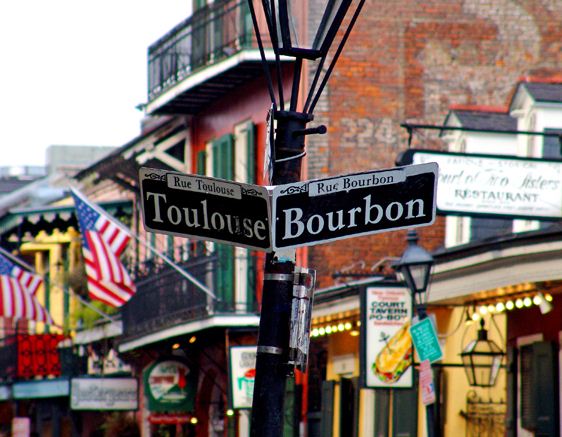CLEVELAND – It’s hard to blame the teachers and residents of the Cleveland school district for questioning the need for budget cuts over the past few years.
In November 2012, Cleveland voters approved a massive 15-mill property tax increase to provide new revenue for the school district.
MORE NEWS: Know These Before Moving From Cyprus To The UK
The four-year levy, described by Cleveland.com as “the largest in recent memory in Northeast Ohio,” was expected to bring the district nearly $63 million per year for four years.
The new tax added a whopping $459 per year to the tax bill of the owner of a $100,000 home, according to the news site. Average homeowners’ tax bills increased by an average of roughly $260 per year.
Then in February 2014, many were stunned when the district proposed $21 million in cuts, according to Cleveland.com. The resulting uproar apparently convinced the district to moderate the budget adjustment.
Last March, the district announced plans to cut $3.4 million from its budget, provoking another noisy protest, mostly from the teachers in the district.
With such a big tax increase, and so much new money flowing into the district, taxpayers and reporters might be tempted to ask where the dollars are going.
One place to begin the inspection might be the district’s travel budget. While small compared to the district’s massive overall budget, it’s still pretty eye-opening, and suggests a potential pattern of carefree spending by district officials.
In the 2014-15 budget year, the Cleveland school district had 993 transactions for hotel/lodging fees at a total cost of $656,861.
MORE NEWS: How to prepare for face-to-face classes
It also had 286 airline/travel agent transactions for a total of $51,033.
That brought the total travel expenditure to $707,894, which was about one-fifth of the proposed $3.4 million budget cut.
That expenditure raises several obvious questions that could be posed to district officials.
What was the purpose of all the trips? Were most of them for professional development of staff at various conferences or workshops? What sort of knowledge or expertise was gained for that kind of money?
How much of the expense was covered by the district? If government grants covered a percentage of the cost, could at least some of the money have been spent in more impactful ways? If that’s not allowed by the government grant-provider, why not? Shouldn’t schools be allowed to spend money they receive on their most pressing needs?
Of the 993 hotel-related transactions, 149 were for at least four figures. Interestingly, a much higher percentage of four- or five-figure transactions were paid for with checks (45 of 106) than district credit cards (104 out of 887).
A lot of the hotel bills were pretty pricey.
 Some of them were close to home. There was a tab for $9,072 at the Doubletree Hilton in Cleveland on Oct. 7, 2014. There was a payment of $7,659 at the Hilton Garden Inn of Cleveland on Aug. 21, 2014.
Some of them were close to home. There was a tab for $9,072 at the Doubletree Hilton in Cleveland on Oct. 7, 2014. There was a payment of $7,659 at the Hilton Garden Inn of Cleveland on Aug. 21, 2014.
Then there were more distant trips. A sum of $10,620 went to the JW Marriott in New Orleans on Feb. 12, 2015. A payment of $14,244 went to the Milwaukee Hilton City Center on June 30, 2015.
Other expensive bills were rung up in destinations not listed by the school district.
For instance, there was a payment of $5,646 made simply to the Hyatt Corporation on June 25, 2015. A payment of $8,968 went to “Holiday Inns” on April 9, 2015.
The Cleveland district paid $4,443 to “Hilton Garden Inn” on May 8, 2015, then another $6,446 to the same establishment 14 days later.
The district made a $6,189 payment to the “Sheraton” on Jan. 2, 2015. The night before, of course, was New Year’s Eve. Do a lot of educational functions occur on that holiday?
Those are just a few examples. The list goes on and on. And it’s open and available to curious taxpayers or journalists who want to double-check, scrutinize and keep public officials honest.


Join the Discussion
Comments are currently closed.